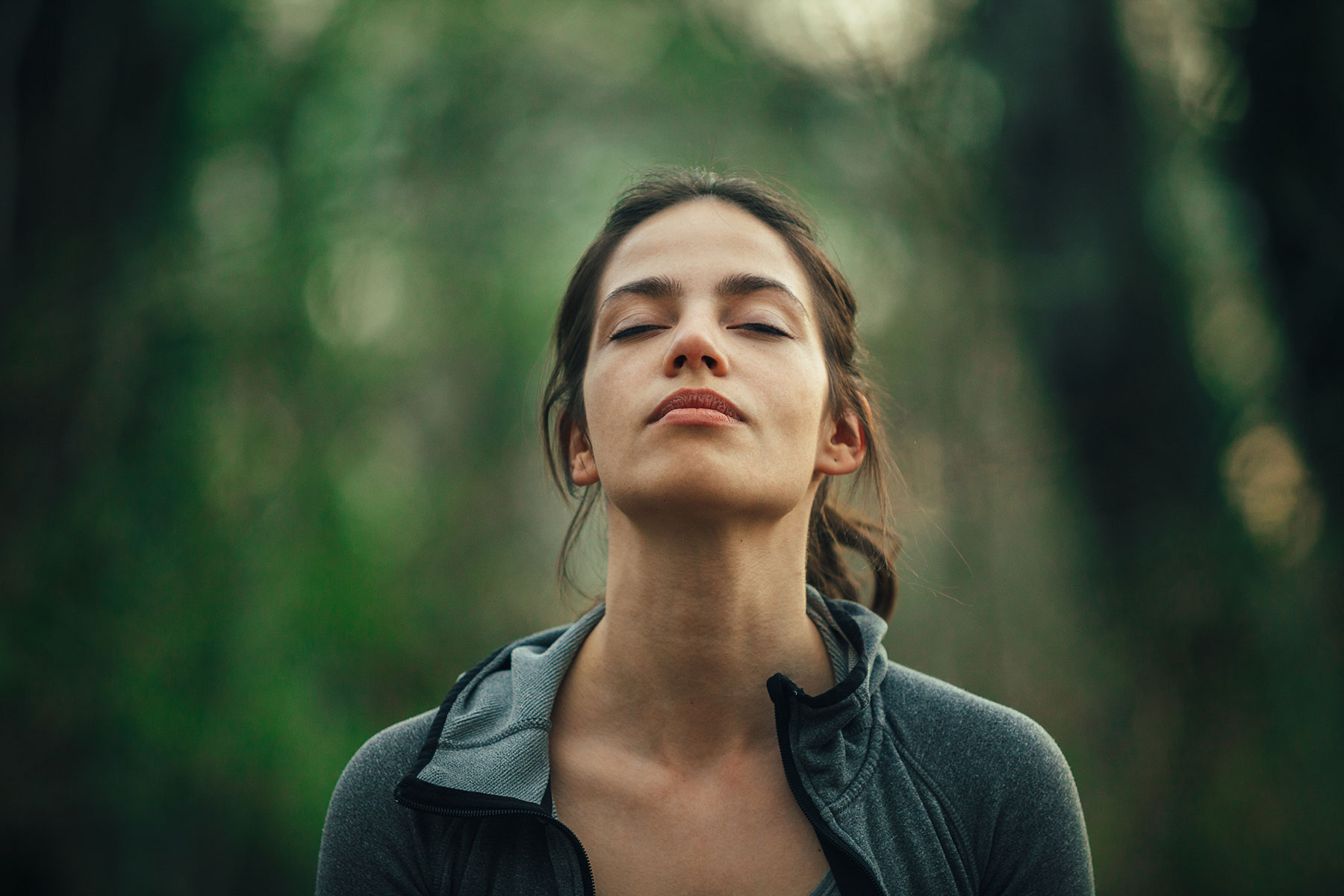
The Niyamas
The Niyamas are the 2nd of the 8 branches (limbs) of Raja yoga developed by Patanjali (Yoga’s Sutras circa 200CE). The Niyamas represent rules or principles of personal behavior. These personal qualities develop in a person living a life in harmony with him/herself, with others and with Nature. Well-being, integrity, authenticity result from the practice of these qualities or virtus. Yes virtus, a word that regains its nobility and defined as permanent qualities of the mind that incline to practice goodness (Larousse Encyclopédique L3). The Yamas and Niyamas support our inclination to practice goodness and to free ourselves from the ego. It is fascinating to see how the wisdom of the ancient sages has, more than ever, its place in the humanitarian quest for Self-realization.
Saucha , the 1st Niyama, is purification, the path to purity, cleanliness of body and mind. The Ayurvedic approach to food, hygiene and healing routines fits perfectly into the practice of Saucha. Being physically clean is not only taking showers or baths, it is also detoxifying with fresh foods and living harmoniously with the natural environment knowing that the synthetic world contributes to intoxication. To be mentally clean is to maintain a clear and conscious state of mind. Again we live in an electronic world, our minds are bombarded or even addicted without us always realizing it. Unplugging from information to better reconnect to our essence and to Nature provides inner peace and well-being, a guarantee toward health.
To practice Saucha, think of yoga asanas to purify the physical body and shirodhara to purify the mental/spiritual.
Santosha, the 2nd Niyama, is contentment, a return to modesty and satisfaction. Santosha is the appreciation of the present moment, the absence of intoxication with power, sensations and security. It is recognizing and accepting life as a learning process. It is also to free oneself from the expectations that poison the present moment and to reach a state of being at peace regardless of the events that surround us. It is the door to the Happiness of being.
To practice Santosha, think about letting go such as being less addicted to news, electronics, materialistic life and practicing yoga nidra.
Tapas, the 3rd Niyama, is discipline, patience. Being present and satisfied requires discipline. This energy of commitment, this enthusiasm that makes us treat each experience as a tool of Self-realization is a key to bringing new awareness. Tapas is that energy directed towards our true nature through attention to our body, breath, heart and mind, patiently observing small but regular increases in awareness/consciousness.
To practice Tapas, establish life routines such as walking in nature, meditation / daily yoga, health care, etc…
Svadhyaya, the 4th Niyama, is self-observation, the practice of studying oneself in order to cultivate a more authentic way of being oneself in a world that conditions many attitudes. Stopping or pausing regularly to take the time to question ourselves, to reflect on our actions and to position ourselves in accordance with our Soul help to deepen our authenticity and discernment and not to confuse information with wisdom.
Practicing Svadhyaya, is turning one’s attention inward to let joy arise from within through pranayama and yoga nidra.
Ishvarapranidhana, the 5th Niyama, is devotion to an ideal of pure consciousness. Ishvarapranidhana is the letting go of the ego, which allows us to express all the qualities of yamas and niyamas and achieve this feeling of being the expression of the natural universe. We are part of the universe and our whole reason for being lights up, it’s the light at the end of the tunnel!
It is the practice of the previous Niyamas that lift us into that state of perfect alignment with the Universe!
_________________
REF:
Chopra D & D. Simon. 2004. The Seven Spiritual Laws of Yoga. A practical Guide to Healing Body, Mind and Spirit. John Wiley & Son Ed. 207 p.
Stephens, M. 2010. Teaching Yoga. Essential Foundations and Techniques. North Atlantic Books. Calif. 409 p.
Swami Chinmayananda, 2012. La Bahagavad Gita. Trédaniel poche Ed., 741 p.
Stone, M. 2008. The Inner Tradition of Yoga. Shambala. Boston. 234 p.
__________________
“All our troubles come from the fact that humans do not know who they are, and do not agree on what they want to be” D.M. Templemore


